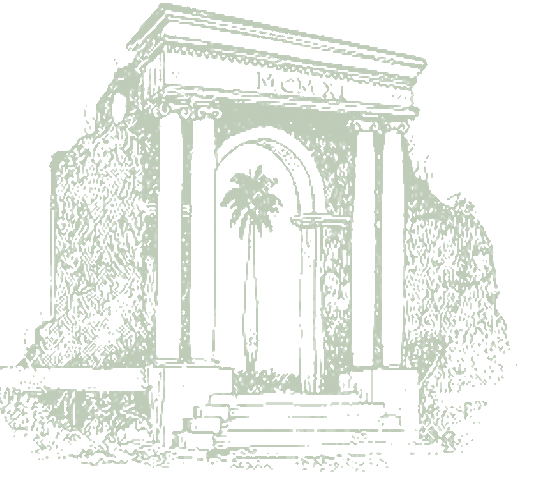|
Multi-Protein Machines: What are they and how do they read (and repair) genomes?
Walter J. Chazin Center for Structural Biology and Departments of Biochemistry and Chemistry, Vanderbilt University, Nashville TN USA The maintenance and propagation of our genome requires the coordinated action of multi-domain proteins operating within dynamic multi-protein machines that perform the fundamental processes such as DNA replication, damage response and repair. These modular proteins contain multiple domains that each perform a specific biochemical function. The domains are connected by flexible linkers, which enable them to move and remodel their overall shape to adapt themselves as the overall machine performs its function. The intrinsic dynamics of the assembly of proteins is analogous to the moving parts of a mechanical machine.
Accurate duplication of genes is one of the key steps in genome maintenance and propagation and this occurs at a structure known as the replication fork. The normal activity at the fork is producing copies of the two strands of DNA, but when damaged DNA is encountered, replication is halted and programs of DNA response and repair are initiated. To demonstrate the key concepts relating to how the multi-protein machines at the replication fork to read and repair DNA, this presentation will focus on the initiation of the DNA synthesis phase of DNA replication. The two critical proteins involved are Replication Protein A (RPA), the primary ssDNA-binding protein in eukaryotes, and DNA primase, the first in a series of polymerase enzymes that create the copies of the two DNA strands. Examples will be presented showing how modular, multi-domain proteins function and a framework will be presented for how these proteins dynamically adapt to the requirements of a functional DNA processing machine.
|


